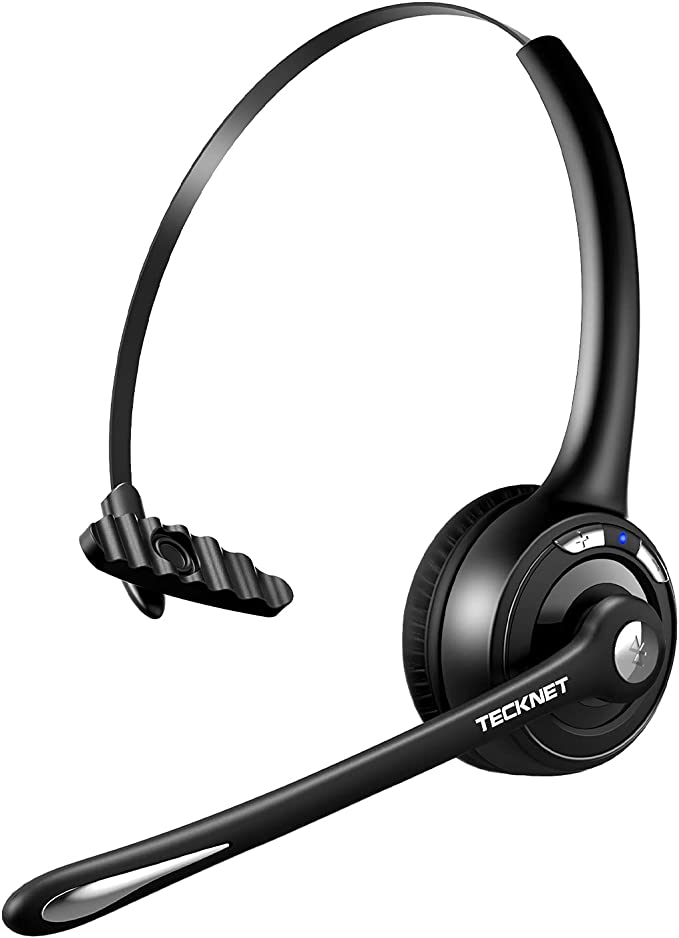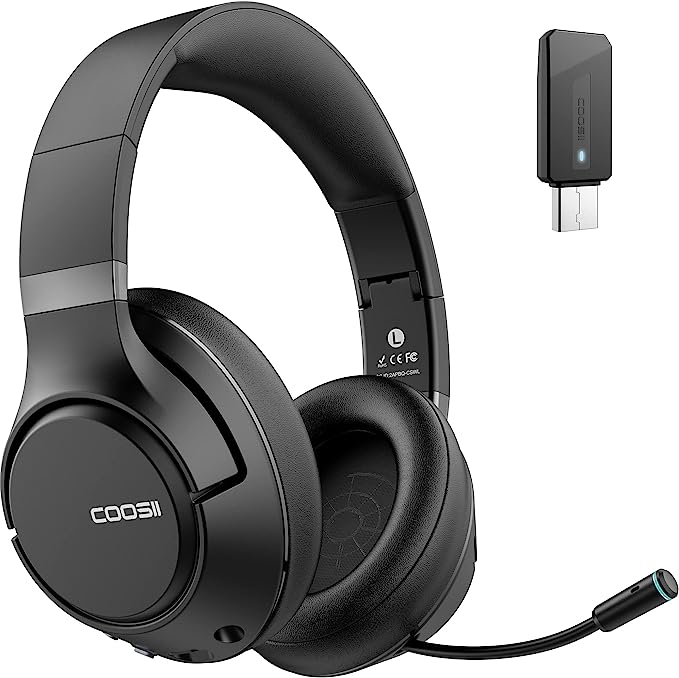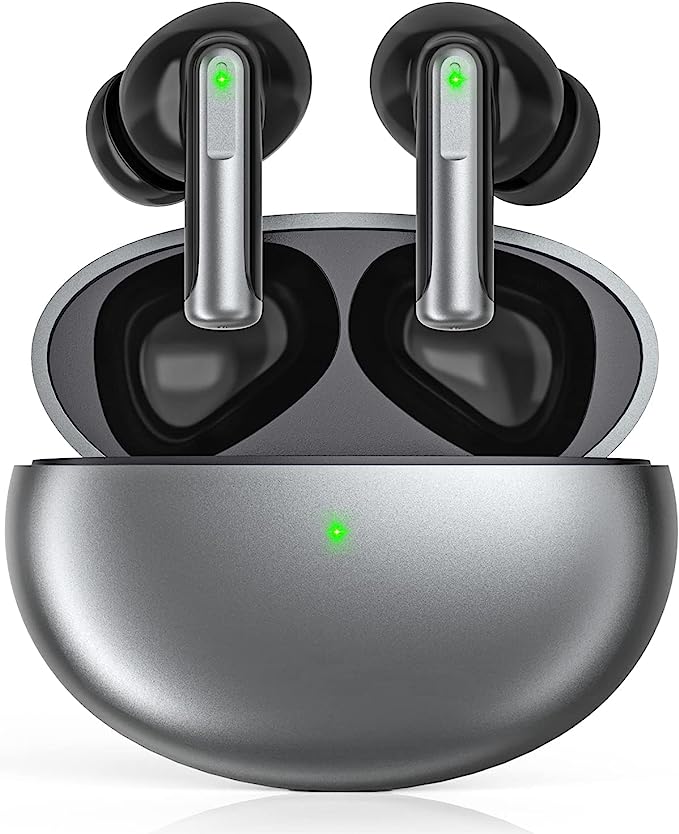The Cognitive Science of a Tidy Home: How Smart Calendars Are Hacking Our Brain's Limits
Update on Sept. 5, 2025, 5:58 a.m.
An investigation into the cognitive science of chaos, and why the most powerful tool for family organization might be borrowing its best ideas from psychology labs and software development teams.
It’s 3 AM. The house is silent, but your mind is screaming. It’s running the checklist: Soccer practice is at 6 tomorrow, not 5. Did I remember to tell my partner? The dog needs his medication. We’re out of milk. I have that 9 AM deadline. What are we even having for dinner? This silent, relentless hum is the sound of your mental bandwidth being consumed. It’s the invisible, cognitive load of running a modern family—a thousand tiny processes running in the background of your brain, draining the battery needed for focus, creativity, and patience.
For generations, we’ve tried to tame this chaos. The quintessential tool was the paper calendar, hung in the kitchen—a messy, beautiful artifact of family life, covered in scribbled appointments and reminders. Then came the digital revolution, promising a streamlined future. We got calendar apps on our phones, shared to-do lists, and messaging groups. Yet, the chaos didn’t disappear; it just fractured. Information became siloed in each person’s device, creating a new kind of digital disarray. The problem was never a lack of tools, but the absence of a unified, single source of truth.
What if the solution wasn’t another app to download, but a fundamental shift in how our families interact with information? What if we could take that frantic, internal checklist and physically move it outside of our heads? This is the principle of cognitive offloading: transferring the burden of memory and mental processing to an external tool. And increasingly, that tool is taking the form of a large, interactive screen on the wall—a central command center like the Cozyla Digital Calendar—that acts as an external hard drive for the family’s collective brain.
But to dismiss this as just a big tablet on a wall is to miss the profound science at play. These devices are not merely displaying information; they are redesigning the information architecture of the home, drawing on powerful principles from software development, behavioral psychology, and cognitive science to free up our most precious resource: our mental space.

The Power of an Ambient Display: When Information Finds You
In the fast-paced world of agile software development, high-performing teams rely on a concept called the “Information Radiator.” Coined by consultant Alistair Cockburn, it refers to a large, highly visible display—like a whiteboard covered in charts—that is placed in the middle of the workspace. Its purpose is simple but transformative: to make critical information impossible to ignore. No one needs to ask for a status update; the information “radiates” into their awareness ambiently.
A large digital wall calendar is the domestic equivalent of an Information Radiator. Unlike an app on your phone, which requires you to seek out information, a wall-mounted display changes the dynamic entirely. You don’t check the calendar; the calendar informs you. As you walk past to get a cup of coffee, your brain passively absorbs the day’s schedule, the meal plan, and the chore assignments.
This shift from “seeking” to “receiving” is critical for reducing cognitive load. Every time you have to unlock your phone, find the right app, and navigate to the right screen, you expend a small amount of mental energy. Multiplied across dozens of daily micro-decisions, this adds up. An ambient display eliminates these steps. It externalizes the family’s operating system, making it persistently available, just like the clock on the wall. It moves information from being a task to be managed to a context to be lived in.

Hacking Motivation: The Surprising Psychology of a Chore Chart
For any parent, the word “chores” can evoke a sense of dread. It’s a relentless battle against entropy and, often, a child’s spectacular indifference. Many digital calendars incorporate chore charts, but the most effective ones do more than just list tasks; they tap directly into the core drivers of human motivation, a field deeply explored by Self-Determination Theory (SDT).
Proposed by psychologists Edward Deci and Richard Ryan, SDT posits that genuine, lasting motivation stems from satisfying three innate psychological needs:
1. Autonomy: The need to feel in control of one’s own actions and choices.
2. Competence: The need to feel effective and capable in one’s endeavors.
3. Relatedness: The need to feel connected to others.
Consider how a well-designed digital chore system, like Cozyla’s, masterfully addresses these needs. It’s not just a list; it’s a game. Each family member gets a unique color and can customize their own avatar. This simple act of personalization satisfies the need for Autonomy. When a child completes a task and taps a checkbox, they are rewarded with points. This isn’t just a gimmick; it’s immediate, tangible feedback that builds a sense of mastery and Competence. And because the entire system is shared, it frames chores not as isolated drudgery, but as a contribution to a team effort, fostering a sense of Relatedness.
This is far more sophisticated than the old model of simple reward and punishment. It’s a system designed to build intrinsic motivation, transforming the act of taking out the trash from a command to be obeyed into a mission to be completed.

Making the Invisible Visible: Technology vs. the Mental Load
Perhaps the most profound impact of a centralized family hub is its ability to tackle the insidious problem of “invisible labor.” This sociological term refers to the vast amount of unseen, unacknowledged work that goes into managing a household—the planning, scheduling, and emotional energy that, historically, has disproportionately fallen on women. It’s the constant mental effort of anticipating needs, planning meals, and coordinating schedules.
Meal planning is a perfect case study. The question “What’s for dinner?” is the tip of an iceberg of decision fatigue. Beneath it lies a chain of cognitive tasks: checking the fridge, finding a recipe, making a grocery list, and ensuring it caters to everyone’s tastes. A smart calendar that integrates meal planning and automatically generates a shopping list does something remarkable: it makes this invisible process visible.
By putting the entire workflow onto a shared screen, the tool quantifies the labor involved. It transforms an abstract mental burden into a concrete, manageable project. This “quantification of self” for the family unit allows for a more equitable distribution of the mental load. It’s no longer one person’s silent responsibility; it’s a shared project with visible steps. This is where technology transcends mere convenience and becomes a tool for social change within the microcosm of the family, fostering transparency and genuine partnership.
Ultimately, the rise of the family command center is not about the allure of a new gadget. It’s about a deep, human need for clarity in the face of complexity. It represents a maturation in our relationship with technology, moving from personal devices that isolate us to shared platforms that connect us. By borrowing proven ideas from the worlds of software engineering, behavioral science, and psychology, these digital walls are helping us rewire our family dynamics. They serve as an external brain, freeing our own to focus not on the logistics of running a family, but on the joy of being one. And as these systems become more intelligent, potentially integrating AI to proactively suggest schedules and resolve conflicts, they will evolve from passive displays to active collaborators, becoming a true partner in the beautiful, chaotic, and wonderful business of family life.






































